Introduction
Easter Island, or Rapa Nui as it is traditionally known, has captivated the world’s imagination for centuries. Nestled in the heart of the Pacific Ocean, it is one of the most remote inhabited islands on earth. Its history, culture, and especially its monumental stone statues, the Moai, have become iconic symbols of human ingenuity and resilience. In this comprehensive exploration of Easter Island, we delve into the history of Rapa Nui and unravel the many theories surrounding the creation and purpose of the Moai statues.
Easter Island: A Brief History
Discovered by the Dutch explorer Jacob Roggeveen on Easter Sunday in 1722, hence the name ‘Easter Island,’ Rapa Nui is believed to have been inhabited by Polynesians as early as 300-400 AD. These early settlers, isolated from the rest of the world, developed a unique culture and society that continues to fascinate researchers and visitors alike. The island’s history is often divided into three main periods: the early period (up to 1100 AD), the middle period (1100 AD to around 1680 AD), and the late period or Papa Nui period, which continues until European contact in the 18th century. Each period represents significant changes in society, religion, and art, including the development and construction of the awe-inspiring Moai statues.
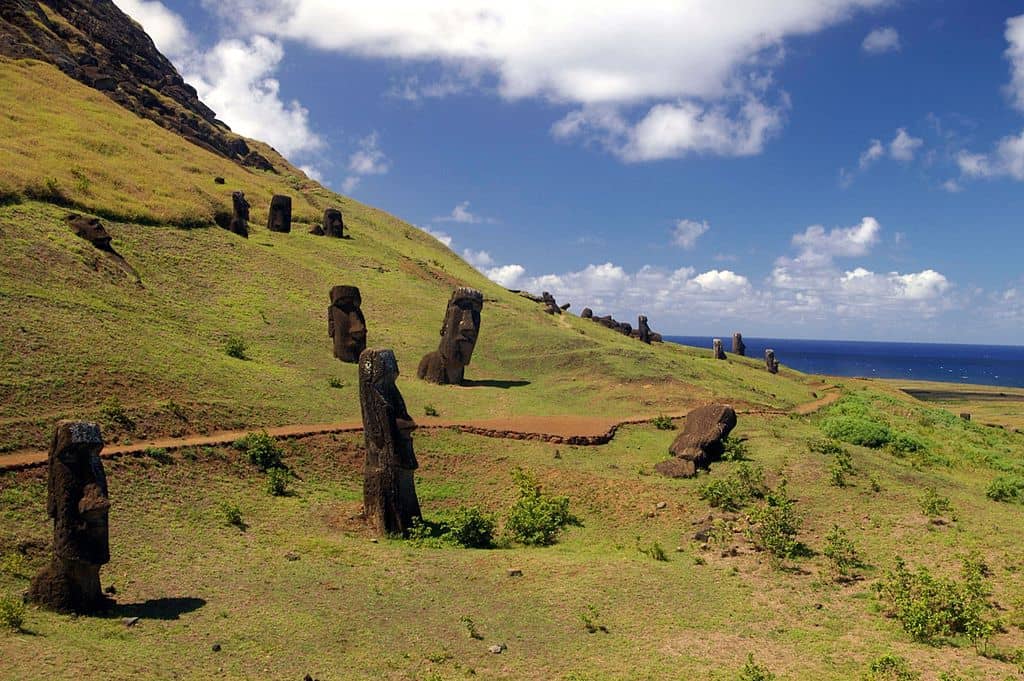
The Enigmatic Moai Statues
Dominating the island’s landscape are nearly 900 Moai statues, monumental figures carved out of a compressed volcanic ash known as tuff. These statues, averaging 13 feet high and weighing 14 tons, represent the most extraordinary achievement of the Rapa Nui culture.
Many theories have been proposed regarding the function and creation of the Moai. The most widely accepted belief is that these statues were constructed to honor chieftains or other important figures. They were placed on sacred ceremonial sites called ahu, with their backs to the sea, seemingly to watch over the island’s inhabitants.
Theories on the Creation of the Moai
The creation and transportation of the Moai remains one of the most intriguing mysteries of Easter Island. How did a society, devoid of advanced technology or large animals, create and move these massive statues?
One theory suggests that the islanders used a system of ropes, ramps, and sledges to transport the statues. A more recent theory, proposed by archaeologists Carl Lipo and Terry Hunt, suggests that the islanders may have used a method called “statue walking.” This involved rocking the statues from side to side while moving them forward, similar to the way one might move a heavy refrigerator.
The Purpose of the Moai: Diverse Theories
While it’s generally accepted that the Moai were erected to honor important figures, other theories propose more complex purposes. Some researchers suggest that the construction of the Moai was a way for competing clans to demonstrate their power and prestige. Others believe the statues may have played a role in the island’s complex ancestor worship rituals.
The Papa Nui period saw a change in the island’s religious practices, with the birdman cult replacing the statue-building tradition. This shift may have been a response to changes in the island’s social and environmental conditions, a theory supported by the fact that many statues were left unfinished during this time.
Conclusion
The history of Easter Island and its monumental Moai statues is a testament to human ingenuity and resilience. Despite its isolation and the challenges posed by its environment, the Rapa Nui culture thrived, leaving behind a legacy that continues to captivate and inspire. As we continue to uncover more about this fascinating island and its people, we gain valuable insights into the rich tapestry of human civilization.
The Environmental Impact and the Island’s Decline
However, the intriguing history of Easter Island also serves as a cautionary tale of environmental degradation. Some theories suggest that the deforestation of the island, largely to facilitate the transportation of the Moai, led to soil erosion and a decline in agricultural productivity. This, combined with the introduction of the Polynesian rat that devastated seed reserves, may have led to societal collapse and population decline.
European Contact and Subsequent Changes
With the arrival of Europeans in the 18th century, Easter Island underwent dramatic changes. The islanders were exposed to diseases against which they had no immunity, leading to further population decline. The Peruvian slave raids of the 1860s also had devastating impacts, effectively decimating the Rapa Nui population.
Despite these adversities, the Rapa Nui culture persisted, leaving a powerful legacy that continues to resonate. Today, Easter Island is a UNESCO World Heritage Site and a beacon for scholars, tourists, and those interested in the mysteries of human history.
Easter Island Today: A Living Heritage
In recent years, efforts have been made to preserve and revitalize the Rapa Nui culture. The islanders are actively engaged in the management and conservation of the island’s archaeological sites. Traditional customs, language, and arts are being kept alive, passed down from generation to generation.
Every year, the island hosts the Tapati Rapa Nui, a festival celebrating Rapa Nui culture. This event features traditional music, dance, sports, and the much-anticipated election of the queen of the festival. It’s a vibrant display of the island’s living heritage, attracting visitors from around the world.
Conclusion
Easter Island, or Rapa Nui, is a place that both mystifies and educates us. Its monumental Moai statues and the theories surrounding them serve as a testament to the innovation and tenacity of the human spirit. However, the island’s history also stands as a stark reminder of the delicate balance between human societies and their environment.
As we continue to explore and learn from Rapa Nui, we are reminded of our shared human heritage, the triumphs and trials of our past, and the lessons they hold for our future. The story of Easter Island continues to unfold, its mysteries as enduring and enigmatic as the stone faces that watch over this remote Pacific island.

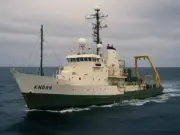
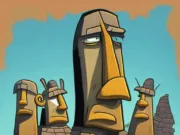

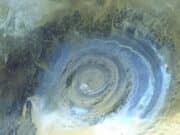
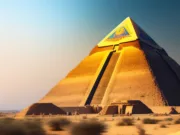
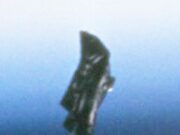
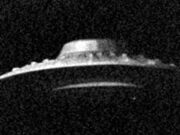

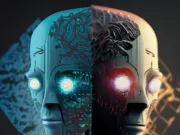
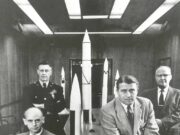


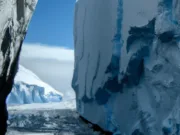
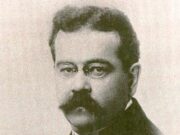
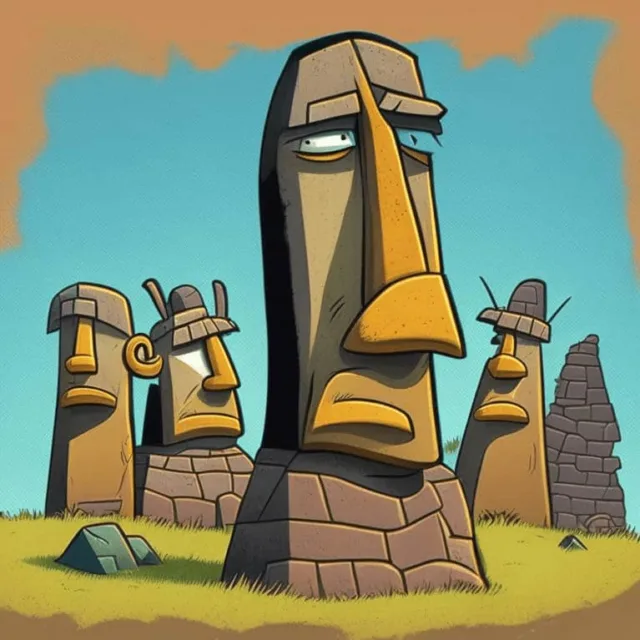
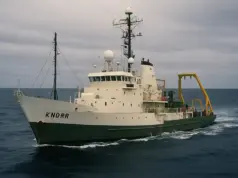
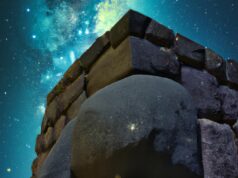
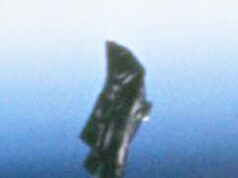



I have been browsing online more than three hours as of late, yet I by no means found any fascinating article like yours.
It is lovely value sufficient for me. In my view, if
all website owners and bloggers made excellent content as you did, the net
will likely be a lot more helpful than ever before.
I’ve been surfing online more than 2 hours today, yet I never found any interesting article like yours.
It is pretty worth enough for me. In my opinion, if all webmasters
and bloggers made good content as you did, the web will be much more useful
than ever before.